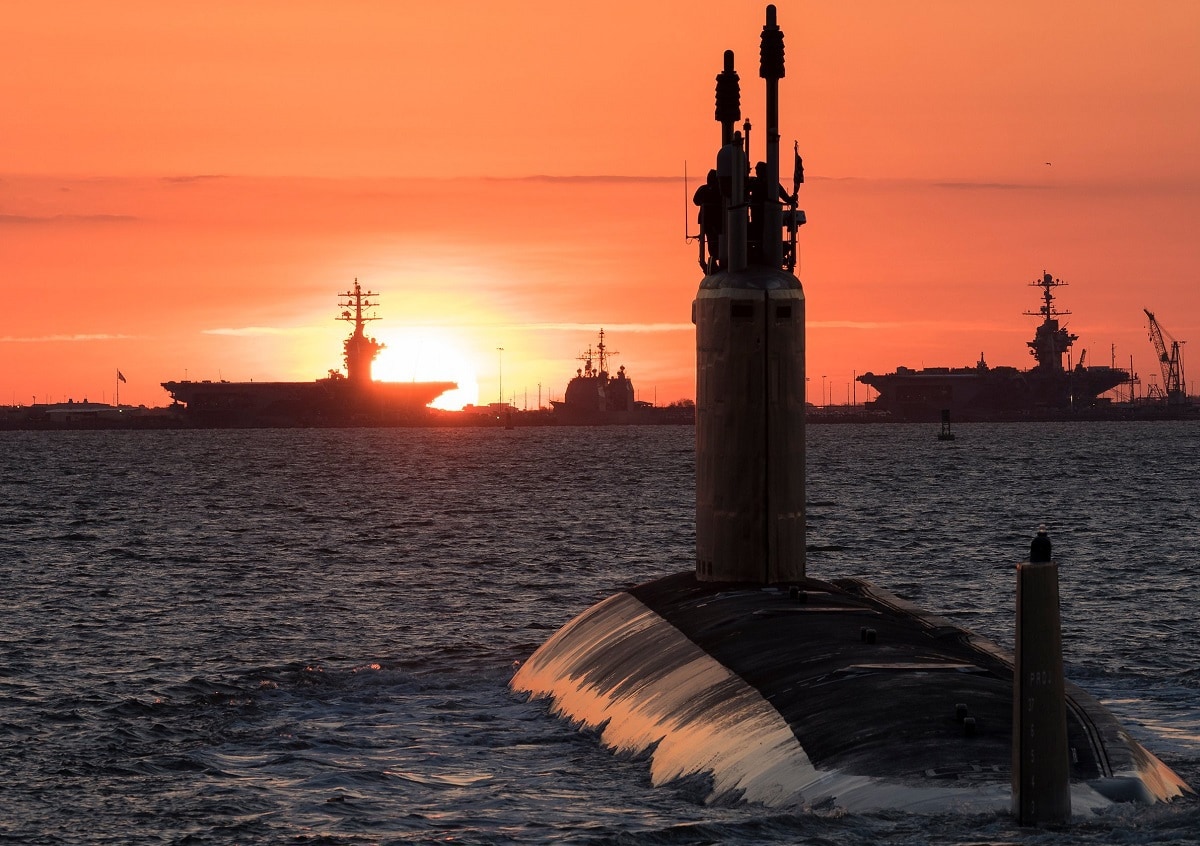Why are there so few Seawolf-Class submarines?: In Mother Nature, “seawolf” is another name for the Atlantic Wolffish (Anarhichas lupus), a rather gruesome-looking sea creature that survives in waters with temperatures as low -1 to 11°C. It preys upon hardshell crustaceans, mollusks, and echinoderms.
The animal’s namesake in the world of nuclear-powered fast-attack submarines (SSNs), the U.S. Navy’s Seawolf-class submarines, can also survive extremely cold waters. They are deadly predators to would-be seagoing adversaries.
However, the Seawolf subs would also probably qualify for the Endangered Species List due to the fact that so few were built, especially in relation to how many were planned.
Spawning the Seawolf Subs
The Seawolfs (or would that be Seawolves?) were conceived as the intended successor to the U.S. Navy’s venerable Los Angeles-class SSNs, which were commissioned between 1974 and 1996. Design work on the Seawolf class at the General Dynamics Electric Boat company began at the height of the Cold War in 1983, with the notional intention of going toe-to-toe with the Soviet ballistic missiles submarines (SSBNs) such as the Typhoon class and attack subs such as the Akula-class boats.
However, the collapse of the Soviet Union and the resulting “peace dividend” threw a proverbial wrench into the works and cast some serious doubts on the future viability of the Seawolf project. As the Seaforces-online website explains:
“A fleet of 29 submarines was to be built over a ten-year period, but that was reduced to 12 submarines. The end of the Cold War and budget constraints led to the cancellation of any further additions to the fleet in 1995, leaving the Seawolf class limited to just three boats. This, in turn, led to the design of the smaller Virginia class. The Seawolf class cost about $3 billion per unit ($3.5 billion for USS Jimmy Carter), making it the most expensive SSN submarine and second most expensive submarine ever, after the French SSBN Triomphant class… The projected cost for 12 submarines of this class was $33.6 billion.” (Emphasis added.)
To put those numbers in perspective, 62 of the Los Angeles-class subs were built at a unit cost of $1.6 billion in 2020 dollars. Meanwhile, 22 out of the 66 planned Virginia-class SSNs have been completed so far, at a unit cost of $2.8B.
Seawolf-Class: Capabilities and Specifications
Given those mind-numbing expenditures, it’s easy to forget that the Seawolf-class subs are some truly impressive warships.
Though they lack the Vertical Launching System (VLS) cruise missile-firing tubes of the Los Angeles class, the Seawolfs have double the number of torpedo tubes as their predecessors – eight versus four – and are larger, quieter, and faster. The lack of VLS tubes notwithstanding, they have a capacity for up to 50 UGM-109 Tomahawk cruise missiles for attacking sea surface and inland targets. Additional weaponry consists of the Mk-48 Advanced Capability (ADCAP) torpedo and the UGM-84 Harpoon anti-ship missile.
In terms of durability and survivability – and perhaps as a way of one-upping the double-titanium hull of the Typhoons – the Seawolf-class hulls are constructed from HY-100 steel, which is stronger than the HY-80 steel utilized in older classes, in order to withstand water pressure at greater depths. The official test depth is 1,699 feet. For dealing with the opposite end of the depth spectrum, Seaforces-online states that “the boats also have extensive equipment to allow shallow water operations. The class uses the more advanced ARCI Modified AN/BSY-2 combat system, which includes a larger spherical sonar array, a wide aperture array (WAA), and a new towed-array sonar. Each boat is powered by a single S6W nuclear reactor, delivering 45,000 hp (34 MW) to a low-noise pump-jet.”
The first two ships in the Seawolf-class are the USS Seawolf (SSN-21) and the USS Connecticut (SSN-22), commissioned on July 19, 1997 and Dec. 11, 1998, respectively. They sport a hull length of 353 feet (108 meters), a beam width of 40 ft (12 meters), and a draft of 36 feet, and a submerged displacement of 9,138 tons. The third and final ship of the class, the USS Jimmy Carter – named for a U.S. Naval Academy Class of 1947 grad who served as a submarine officer under the iron-willed leadership of Adm. Hyman G. Rickover – has an additional 100 feet of hull length and 3,002 tons’ worth of displacement due to the insertion of a section known as the Multi-Mission Platform (MMP) which allows launch and recovery of remotely operated underwater vehicles (ROV) and Navy SEALs
All three Seawolf boats carry a crew complement of 140 (14 commissioned officers and 126 enlisted sailors) and boast a maximum speed of 35 knots, with a silent speed of 20 knots.
The Future of the Seawolf-Class?
As far as I can ascertain, none of the Seawolf-class subs has been used in combat thus far. But given the ever-increasing belligerence stemming from Russia, China, and North Korea alike, the predatory fish’s mechanical namesakes may yet get their first “blooding” sooner rather than later, and thus prove themselves worthy of the hefty price tag.
Seawolf-Class Photo Essay
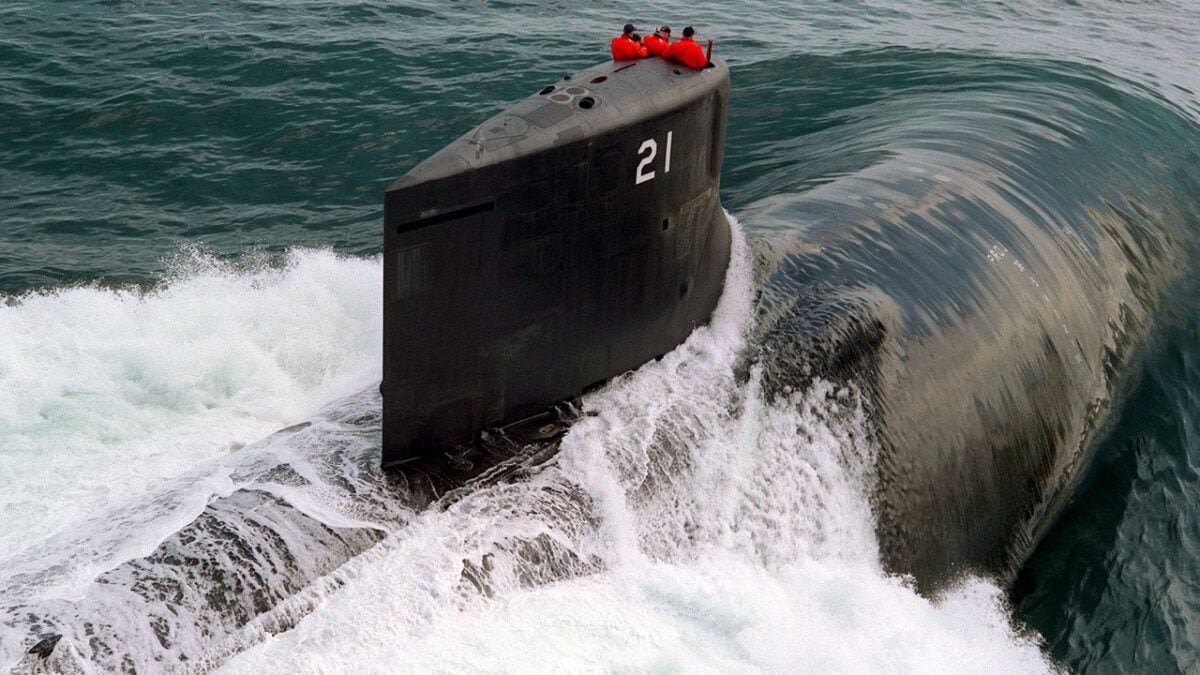
The U.S. Navy’s newest attack submarine, USS Seawolf (SSN 21), conducts Bravo sea trials off the coast of Connecticut in preparation for its scheduled commissioning in July 1997.
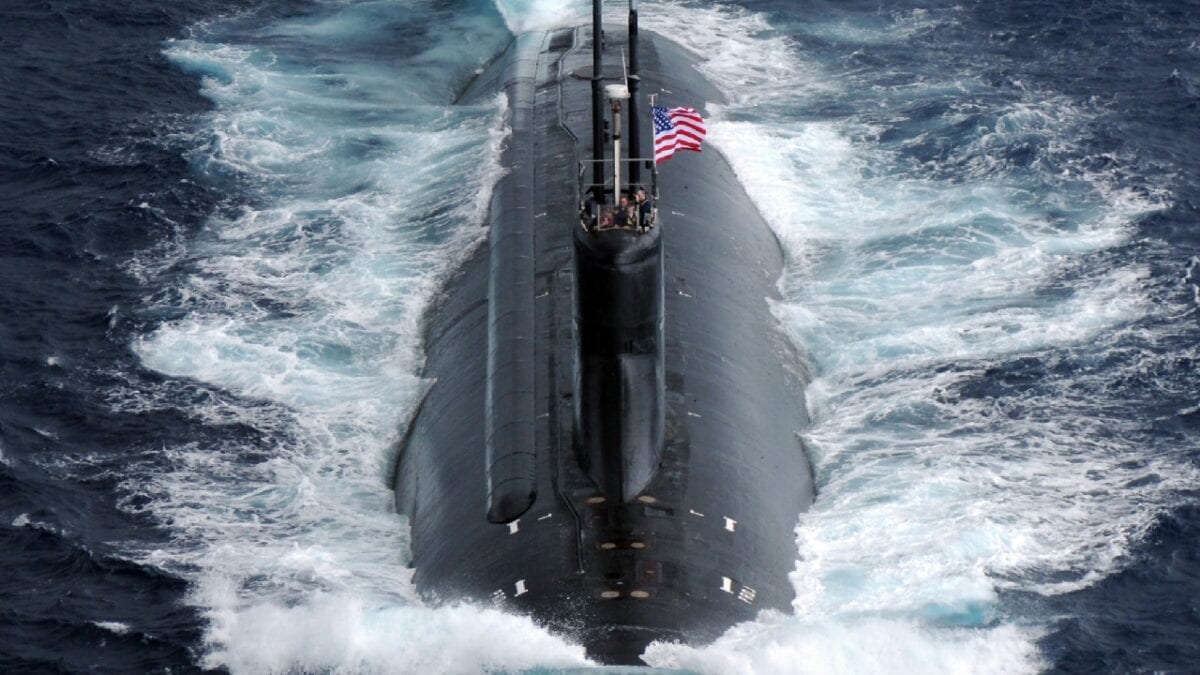
The Seawolf-class fast-attack submarine USS Connecticut transits the Pacific Ocean during Annual Exercise. ANNUALEX is a yearly bilateral exercise with the U.S. Navy and the Japan Maritime Self-Defense Force.
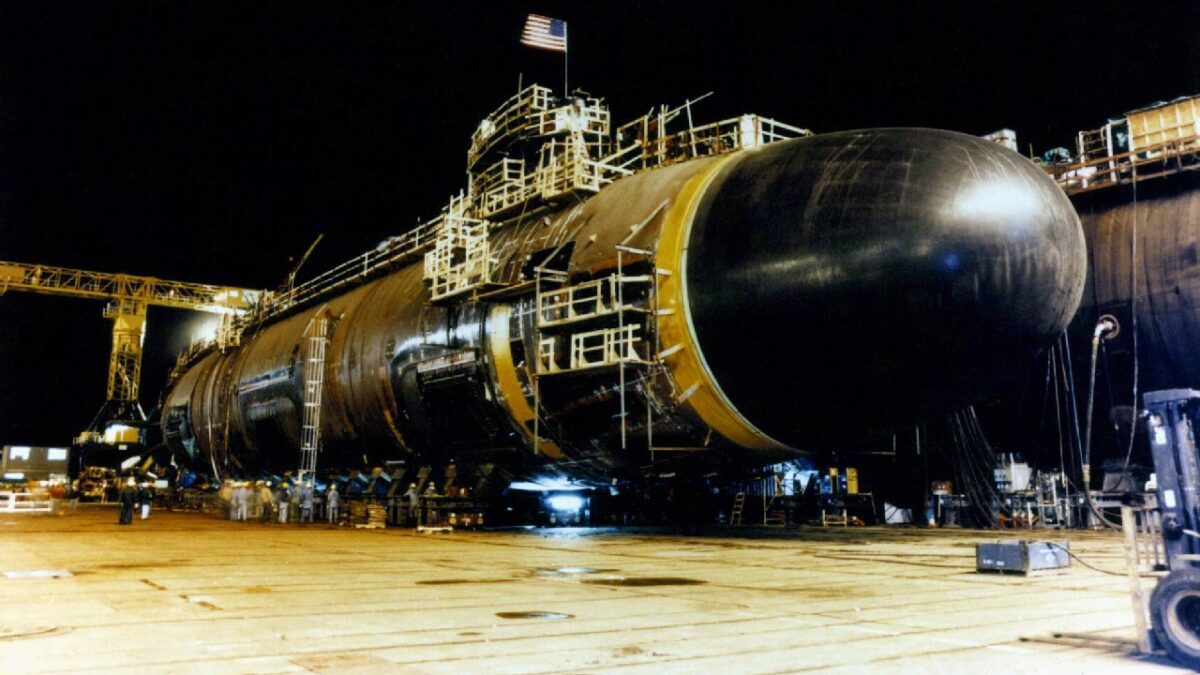
The first of a revolutionary new class of fast attack submarine, the Seawolf (SSN-21). Shown during construction at the Electric Boat Division of General Dynamics Corporation in Groton, Conn. She was christened by Margaret Dalton, wife of Secretary of the Navy John H. Dalton, on June 24, 1995.

Seawolf-Class Submarine USS Seawolf. Image Credit: Creative Commons.
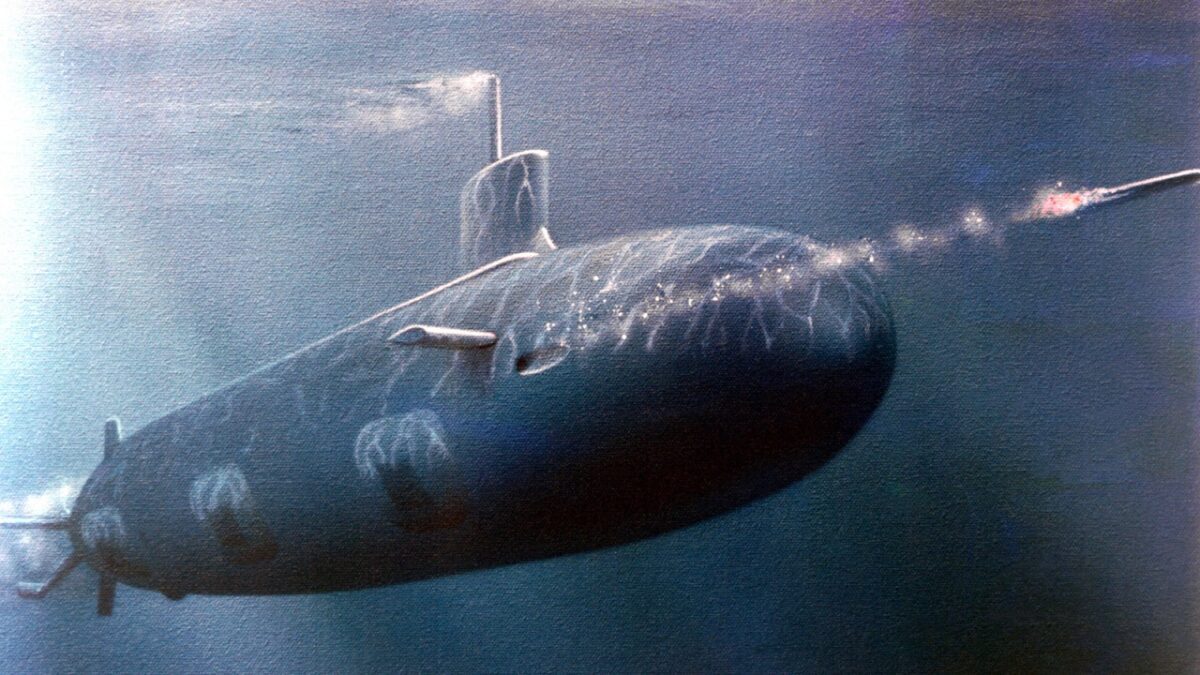
An artist’s concept of the nuclear-powered submarine SEAWOLF (SSN-21).
Christian D. Orr is a former Air Force Security Forces officer, Federal law enforcement officer, and private military contractor (with assignments worked in Iraq, the United Arab Emirates, Kosovo, Japan, Germany, and the Pentagon). Chris holds a B.A. in International Relations from the University of Southern California (USC) and an M.A. in Intelligence Studies (concentration in Terrorism Studies) from American Military University (AMU). He has also been published in The Daily Torch and The Journal of Intelligence and Cyber Security. Last but not least, he is a Companion of the Order of the Naval Order of the United States (NOUS). In his spare time, he enjoys shooting, dining out, cigars, Irish and British pubs, travel, USC Trojans college football, and Washington DC professional sports.

